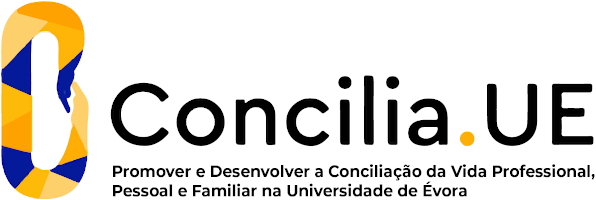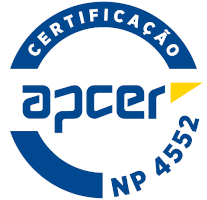2025
Computational Mechanics
Name: Computational Mechanics
Code: EME13155D
6 ECTS
Duration: 15 weeks/156 hours
Scientific Area:
Mechanical Engineering
Teaching languages: Portuguese
Languages of tutoring support: Portuguese
Sustainable Development Goals
Learning Goals
This course aims to prepare the students for using computational tools, namely the Finite element method. The student should be able to develop finite element models and know the capabilities and limitations, of the usual available finite element classes in commercial codes. Enphasis is given in a mechatronics approach, so the student must be aware that general problems involve a coupled electromechanical onset.
The main objective is to provide computational tools and analysis methodologies, self developed or commercial.
When finishing the course the students should be able to computationally analyse mechatronics systems.
The main objective is to provide computational tools and analysis methodologies, self developed or commercial.
When finishing the course the students should be able to computationally analyse mechatronics systems.
Contents
Review of the basic equations of continuous media and energy principles in structural mechanics. Numerical solutions by finite differences, fem and boundary elements.
Introduction to the usage of commercial codes, ANSYS, ABAQUS and integrated systems. CAE, CAD/CAM and CIM systems.
The finite element method. Discrete approach and the computational implementation. Continuous approach. Formulation of beam, plate, shell and solid elements. Dynamic analysis, linear buckling. Comparison with commercial codes.
Introduction to nonlinear analysis, plasticity and large deformation analysis.
Element formulation for the solution of coupled problems (electrical, magnetic, thermal, mechanical , etc. ) including active materials (piezoelectrics, magnetostrictives, electrostrictives, etc.). Finite element formulations for fluid flow.
Introduction to multiple scales analysis. Micromechanics and homogenization. Theorems and bounds on change and equivalence of scales.
Introduction to the usage of commercial codes, ANSYS, ABAQUS and integrated systems. CAE, CAD/CAM and CIM systems.
The finite element method. Discrete approach and the computational implementation. Continuous approach. Formulation of beam, plate, shell and solid elements. Dynamic analysis, linear buckling. Comparison with commercial codes.
Introduction to nonlinear analysis, plasticity and large deformation analysis.
Element formulation for the solution of coupled problems (electrical, magnetic, thermal, mechanical , etc. ) including active materials (piezoelectrics, magnetostrictives, electrostrictives, etc.). Finite element formulations for fluid flow.
Introduction to multiple scales analysis. Micromechanics and homogenization. Theorems and bounds on change and equivalence of scales.
Teaching Methods
Lectures and tutoring, with each student being responsible for reading the bibliography advised by the teacher.
For some topics there may be seminars focused in specific points of the course program.
Evaluation: Formulation assignments and design of a FE computational code, with final discussion.
For some topics there may be seminars focused in specific points of the course program.
Evaluation: Formulation assignments and design of a FE computational code, with final discussion.
Teaching Staff (2024/2025 )
- António Rui de Oliveira Santos Silva Melro [responsible]





















